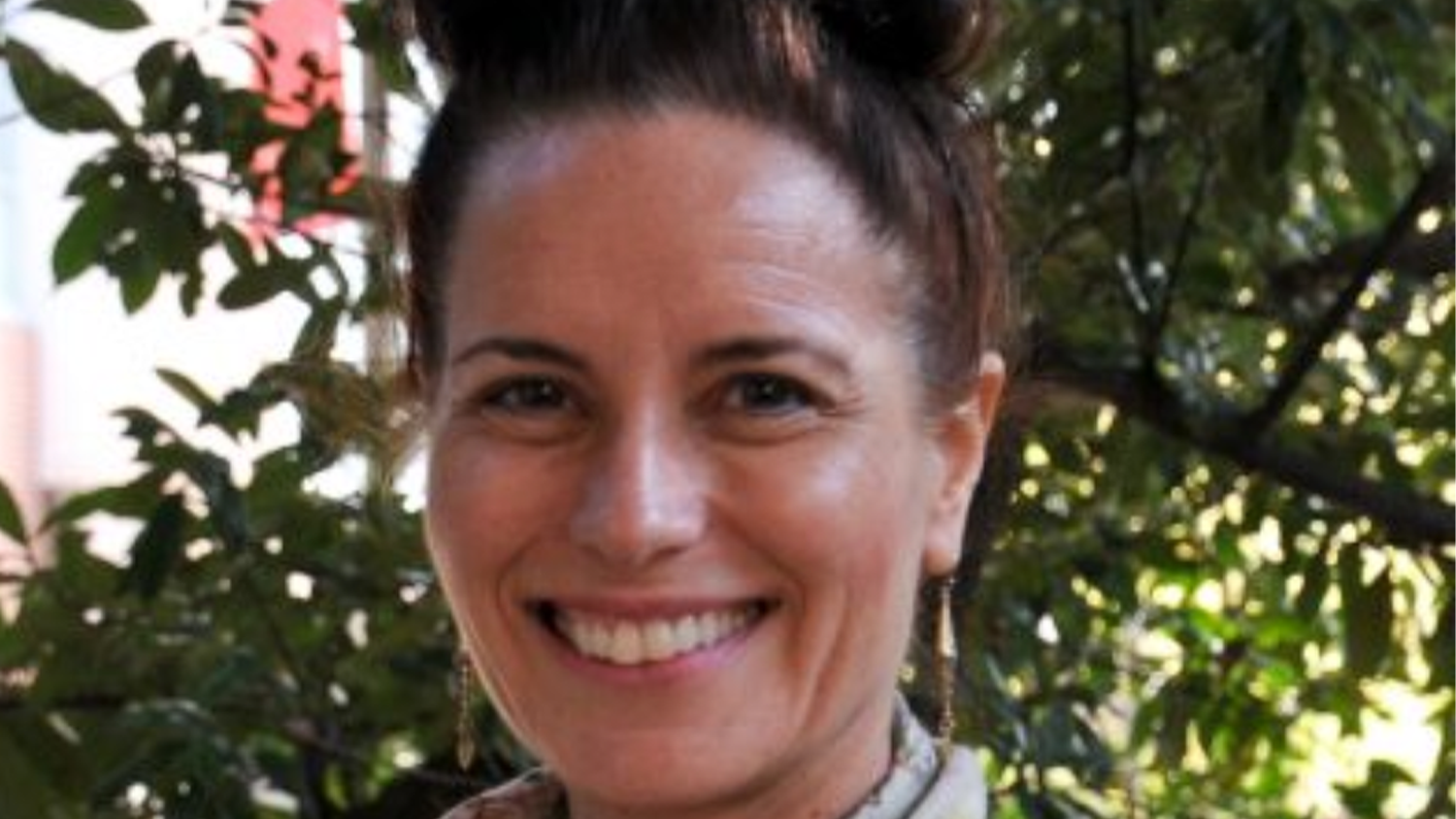Book Edited by Professor Sylvia Nassar Addresses Biopsychosocial Perspectives on Arab Americans

NC State College of Education Professor Sylvia Nassar has always been drawn to researching and writing about Arab and Arab American populations. From her own personal experiences as an Arab American and the daughter of an Arab immigrant, and from her work as a scholar and practitioner, she knows first-hand the struggles members of this population face in issues of culture, self-identification, and mental and physical healthcare.
“Aside from my personal experiences, I’ve been drawn to making the connection between multiculturalism and social justice domestically with global issues. I think what clinicians, researchers and others in the general population don’t often realize is that some groups are marginalized domestically because of global issues,” Nassar said.
This approach is at the forefront of the second edition of Biopsychosocial Perspectives of Arab Americans: Culture, Development, and Health, on which Nassar serves as lead editor. The book is divided into three sections with the first focusing on sociocultural issues, the second focusing on developmental psychopathology and the final section focusing on Arab American health.
The sections are bookended by a preface and closing chapter authored by Nassar. Her chapters, she said, were intentionally written in a more conversational tone so that the work would be more accessible to non-scholar audiences, particularly clinicians who might work with Arab and Arab American populations in healthcare settings.
“To researchers, a scholarly tone is what we read all the time, but we need clinicians to be using this information, and I want other people outside of our disciplines to also be aware of some of the issues that we talk about in this book,” Nassar said. “When you have a population that is marginalized or unique in any way, it behooves everyone to have an understanding of that population.”
Although Arab and Arab Americans are often classified as “white” through the U.S. census and other forms that capture demographic information, the book emphasizes that it’s important for practitioners to recognize that this population faces a variety of social, cultural and health challenges that are different from other populations who fall under the same racial classification.
For example, practitioners need to be aware that there is often a stigmatization of many mental health, and even certain physical health problems within the Arab and Arab American culture. This stigmatization, coupled with a stigmatized view on help seeking, means clinicians may need to perform a more holistic assessment to find the root of their patient’s problem.
“In Arab culture, a lot of psycho-emotional concerns are sort of masked by physical concerns. So, somebody might come in and talk about a stomach ache, and that’s a very real symptom, but they’re not the root symptom,” Nassar explained. “People are also less likely to get screenings for certain stigmatized illnesses, so it’s really important, once a clinician becomes aware of the cultural contexts of the person, to make sure that they provide really good education and advocacy about medical issues.”
Nassar added, “In terms of global impacts on the Arab American experience, when there is a U.S. stance toward or a policy about the Middle East, the ways in which mainstream and social media present it will influence the perceptions and perspectives of those who view or read about it. Similar to the experience of other marginalized groups, Arab Americans might encounter these perspectives within their communities or even internalize them. This national context can create mental health challenges that educators, clinicians and researchers should be aware of so they can provide the most culturally appropriate and effective support for their constituents and clients.”
- Categories:


